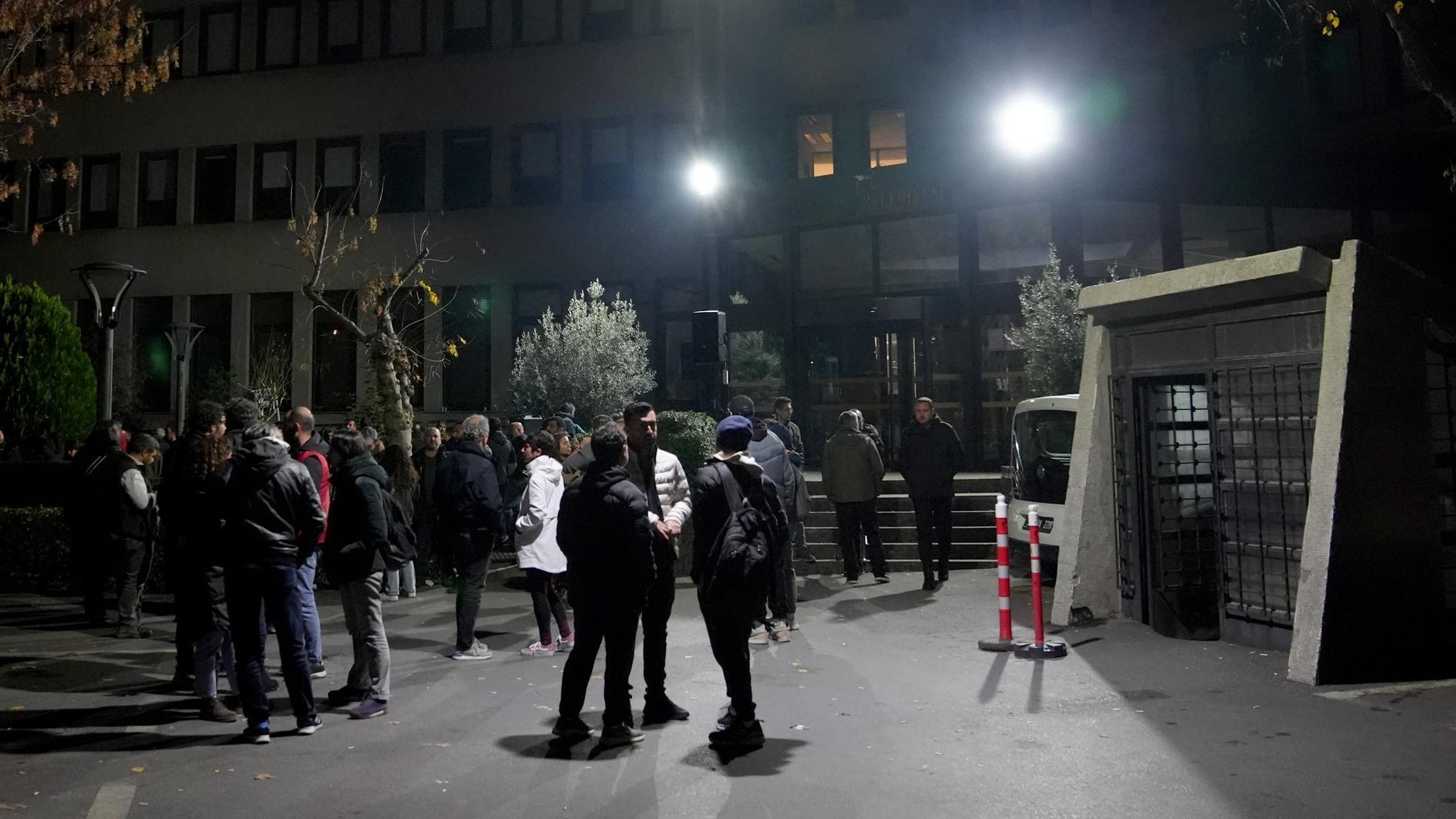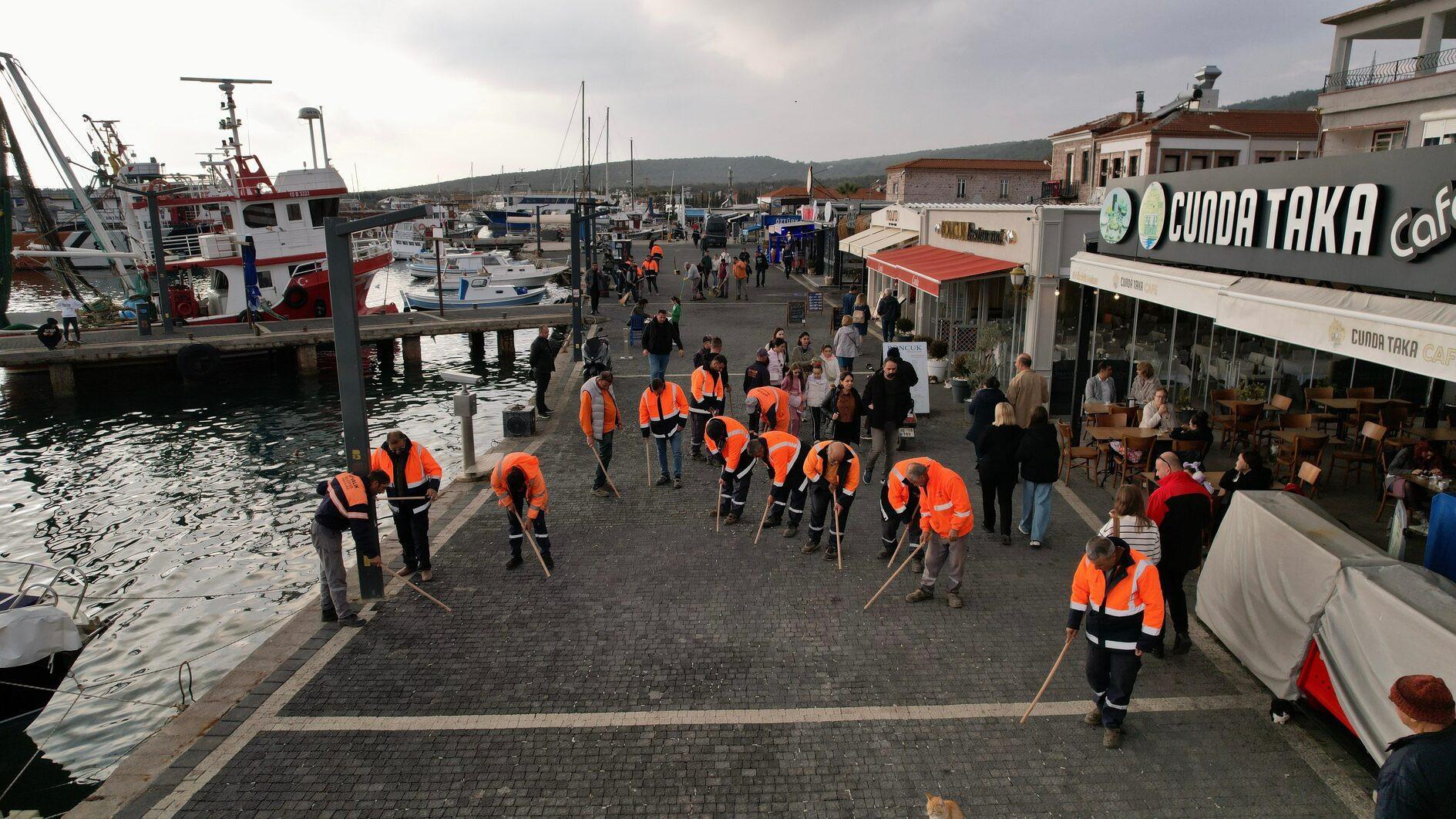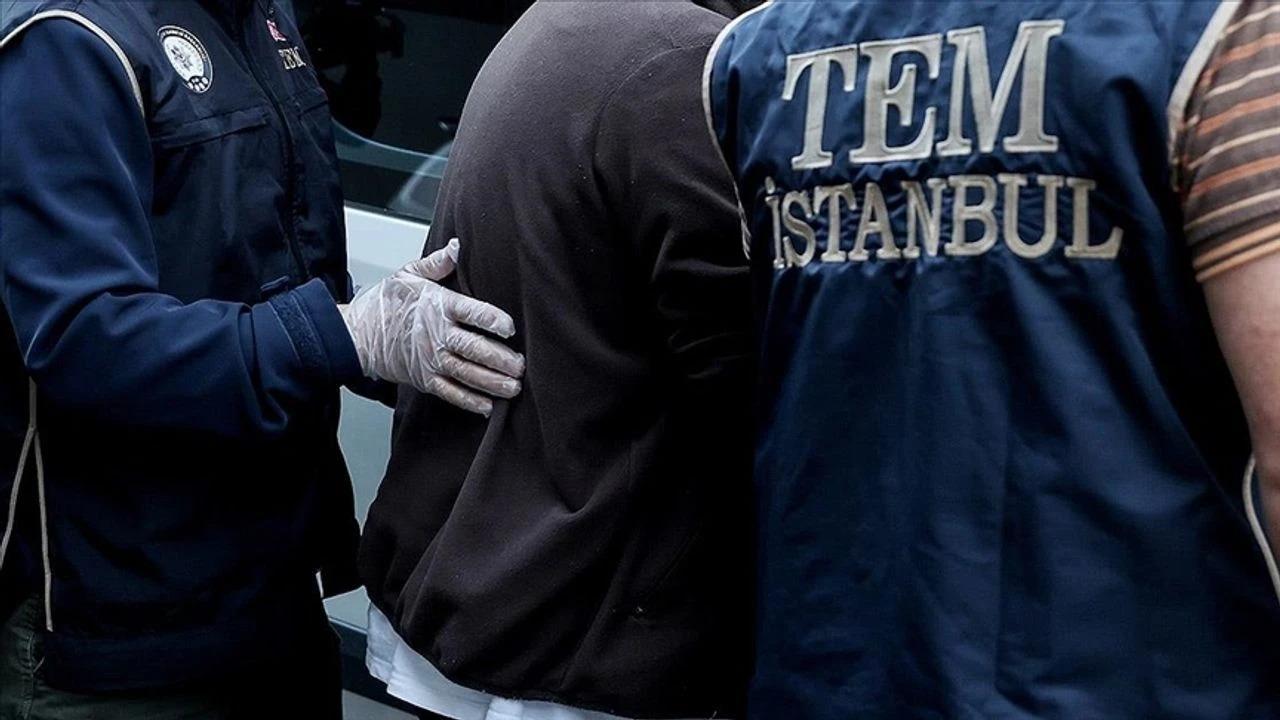Hot air balloon pilots undergo 300 hours of training in Cappadocia
NEVŞEHİR

Pilots must undergo a minimum of 300 hours of flight training in order to commercially conduct hot-air balloon rides in the country's famous historical region of Cappadocia, known for its fair chimneys and scenic balloon tours.
Hot air ballooning in Cappadocia, which began with a promotional flight by a foreign company in 1987, has since evolved into a major sector.
Presently, hot air balloons operate under the strict regulation of the General Directorate of Civil Aviation and Cappadocia University’s Slot Center, flying roughly 220 days each year.
These flights offer more than 650,000 passengers annually the opportunity to witness the fairytale landscape of Cappadocia from above.
According to hot air balloon pilot instructor Yasin Öztürk, becoming a pilot involves a rigorous process. “There are various stages to becoming a pilot. The most basic of these is the health stage,” Öztürk explained.
Aspiring pilots must first obtain a health license in specific aviation categories. Following this, they apply to private institutions in the region to begin their practical training, which spans about seven months.
During this period, trainees obtain a private balloon pilot license, starting with small balloons under 4,500 cubic meters. They can then progress to larger balloons and higher categories through additional training and experience.
“It takes an average of three years to become a commercial balloon pilot. We ensure that pilots see all kinds of weather conditions and climatic conditions,” Öztürk emphasized.
Hot air balloons undergo annual maintenance after every 100 hours of flight, ensuring they are airworthy and safe to operate.
Maintenance is conducted by authorized organizations, and risks are minimized through coordinated radio communication among pilots and air traffic control.
















